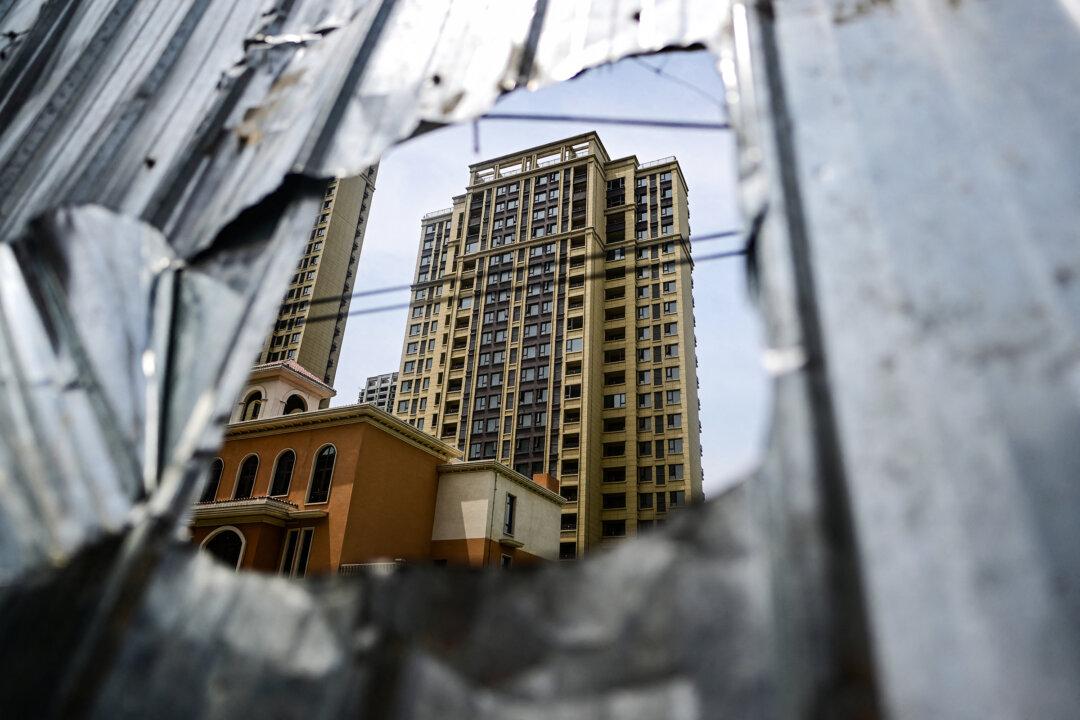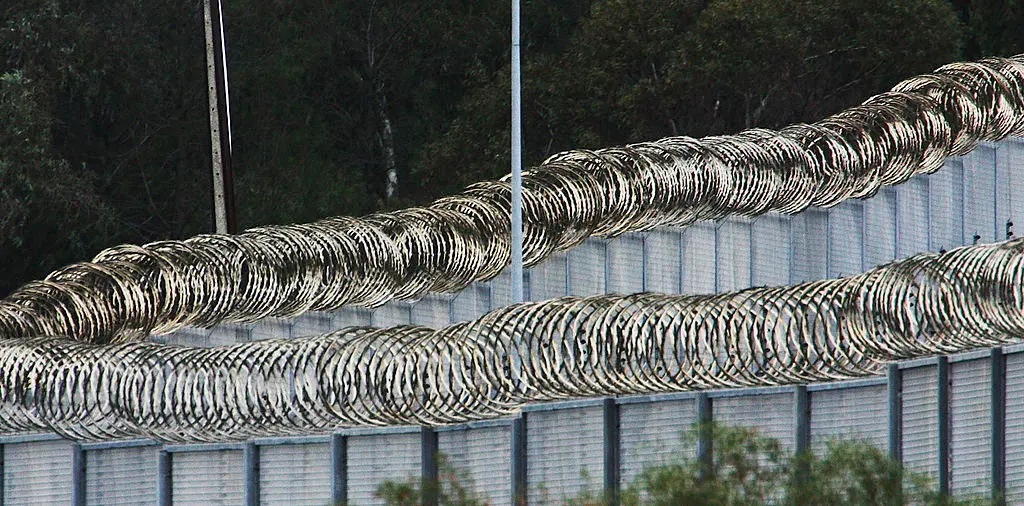A plummeting Chinese property market is dragging down the price of iron ore and putting the federal government at risk of an unforecast $3 billion (US$2 billion) budget hole.
The sale value of new houses across 70 of China’s largest cities fell by almost 26 percent last month compared to 12 months ago, reducing the demand for iron ore and thus pushing down the price below even the most conservative of Treasury estimates.





